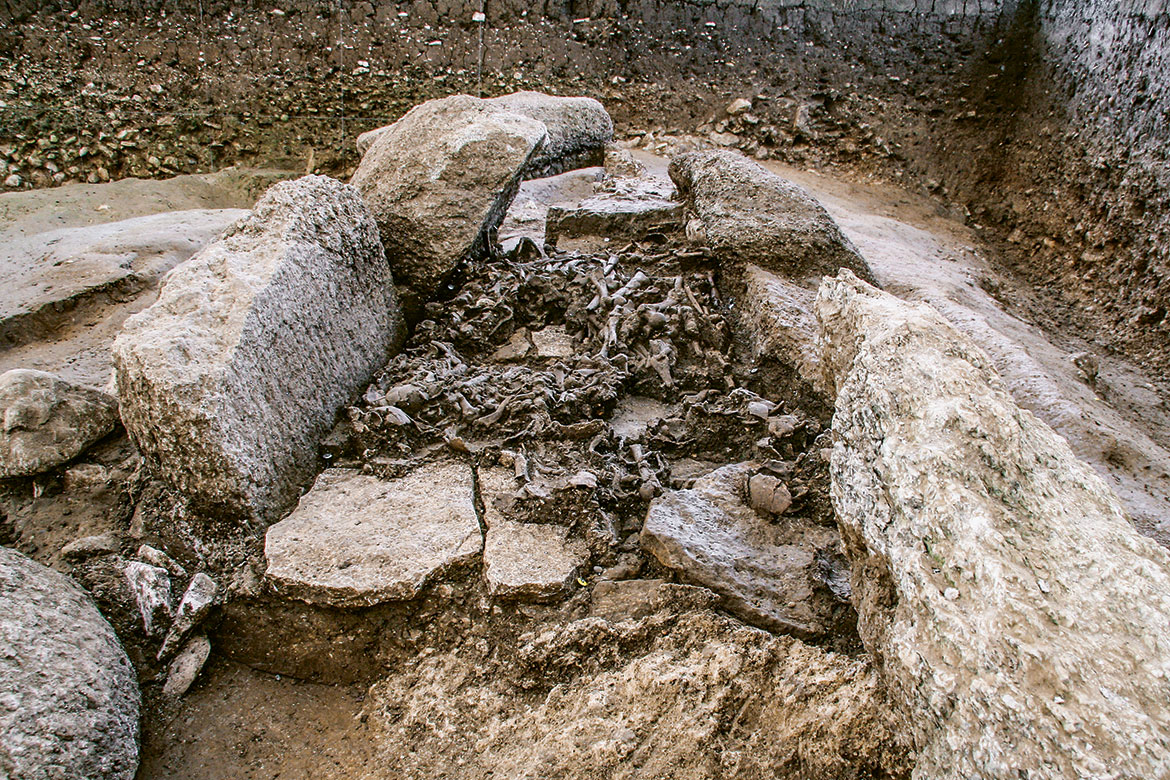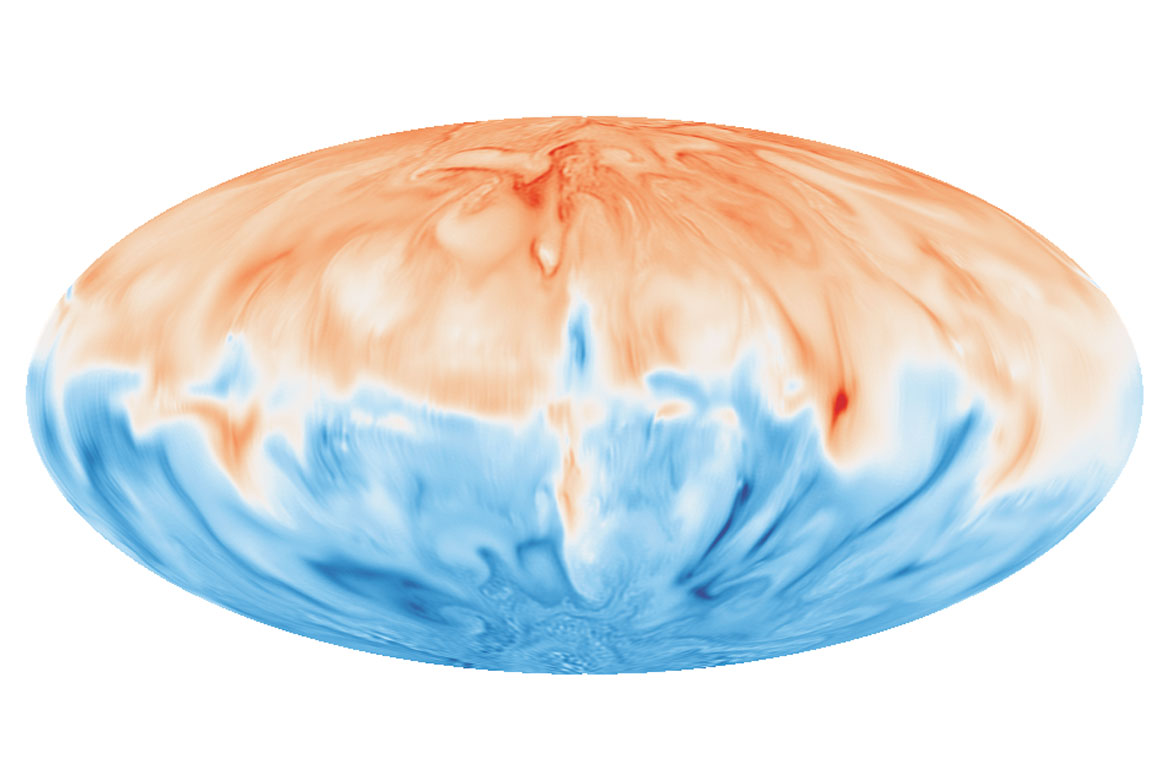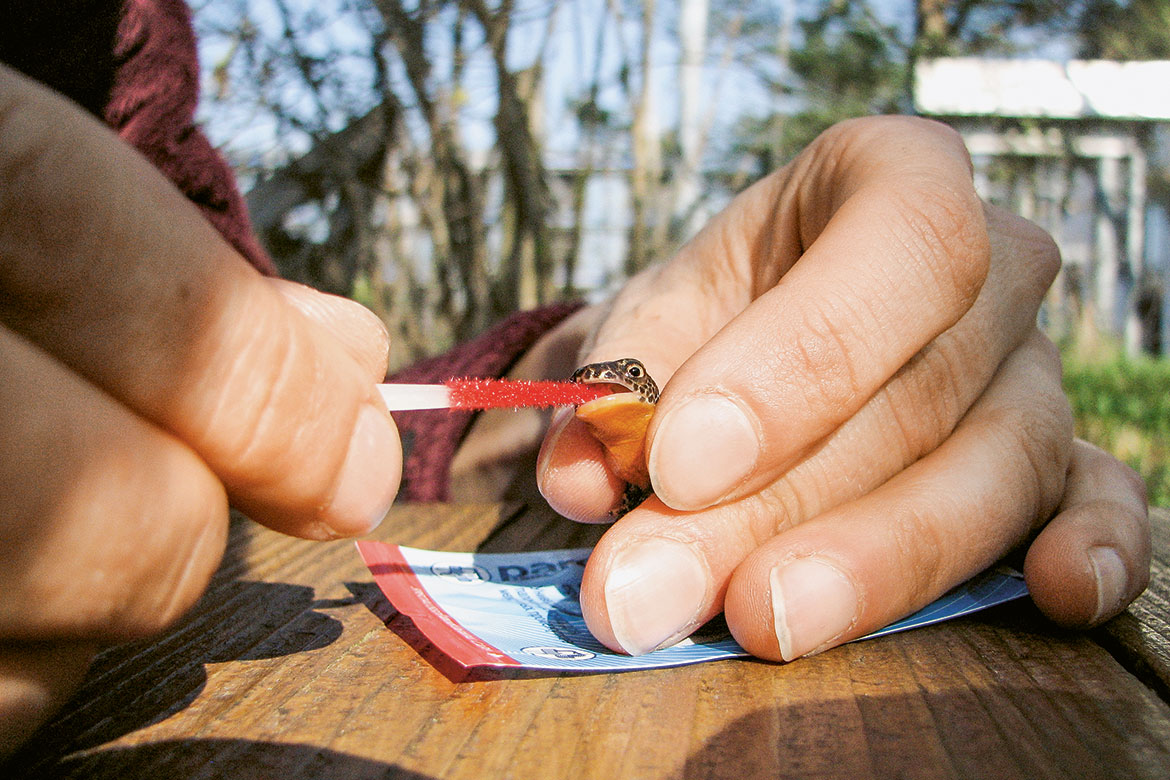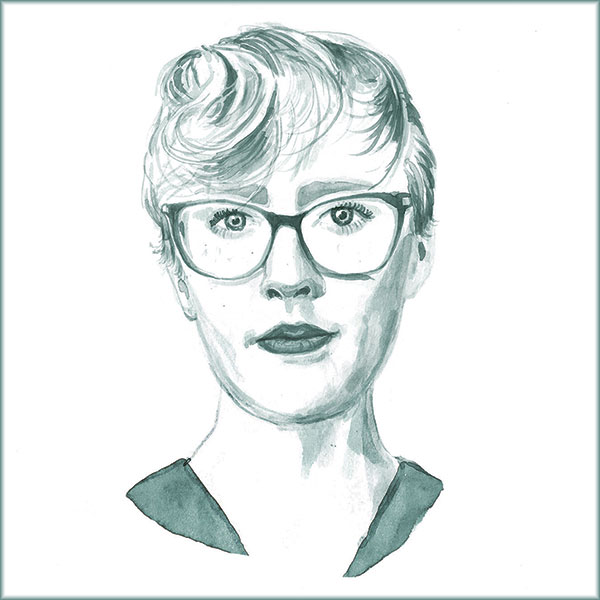The helping hand of Stone-Age farmers
Two thousand bone fragments from a megalithic grave in the Swiss midlands provide a glimpse into the life of people 5,000 years ago. They were just under five feet tall, and helped each other.

These human bones are 5,000 years old, and were found in Oberbipp in the canton of Bern. | Picture: Archaeological Services, Bern
Archaeologists are penetrating the history of the Swiss midlands, one layer at a time. Beneath the church and the houses in the historical centre of the village of Oberbipp lie the remains of an eighth-century church, a graveyard from the early Middle Ages, the remains of a Roman farm, and beneath them all the alluvial deposits of the Mühlebach stream. When a large stone block was removed from the meadow near the railway station, the researchers discovered a 5,000-year-old dolmen – a rock burial chamber two metres square, with carefully laid-out slabs of Jura limestone at the bottom. Subsequent excavations brought forth more than 2,000 fragments of human bones.
New investigations by anthropologists from the University of Bern have provided unique insights into the life of Neolithic farmers at the southern foot of the Jura mountains. “We do find a few megalithic graves in Switzerland and in the surrounding regions, but rarely with such extensive skeletal remains”, says Sandra Lösch, who is heading the study. Together with Inga Siebke and an interdisciplinary team, Lösch has been able to identify the remains of at least 42 men and women of all ages, who when fully grown were on average 155 centimetres tall.
The analyses of bone changes, healed fractures and joint deformities provide the researchers with details of the state of the health of the farming community. The injuries that had been suffered also give an idea of the social behaviour of the times, because those affected must have been helped by their peers in their everyday tasks. There were no signs of violence at all. The signs of decay in roughly eight percent of the tooth fragments discovered also suggest that these farmers ate carbohydrate-rich food. Analyses are ongoing to determine the precise nature of their diet.




